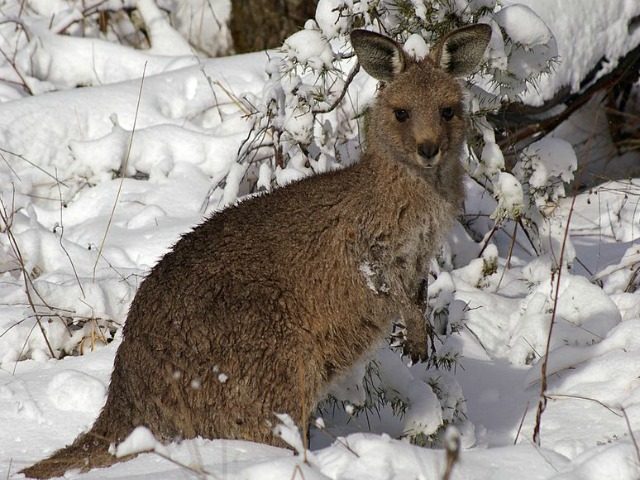Australia’s Bureau of Meteorology (BOM) has been caught red handed erasing record-breaking cold temperatures from its data records.
The BOM has now been shamed by media investigations into ordering a review of its procedures. But it has yet to provide an explanation as to why it made these “adjustments” in the first place.
These “adjustments” seem to go only one way. The BOM is perfectly happy to record and announce it whenever Australia’s temperatures hit record-breaking highs. But when the temperatures reach new lows it’s a different matter altogether.
For some strange reason that the BOM has been unable to explain, when temperatures go below a certain point it either deletes them as if they had never been – or it enters them into its records at higher temperature than the one actually recorded by its thermometers.
The dodgy adjustments were spotted by investigative journalist Jennifer Marohasy.
Earlier this month, she was contacted by bush meteorologist Lance Pidgeon who had noticed that Goulburn, a town south west of Sydney, had smashed its temperature record with a low of -10.4 degrees Celsius.
Except, the Bureau has since erased this measurement.
According to the Bureau’s own rules, the coldest temperature record during a 24-hour period to 9am is recorded as the minimum for that day. So, for Sunday 2 July the carry-over minimum should be -10.4 degrees Celsius. But instead the summary documentation shows -10.0. There is now no public record of -10.4 degrees Celsius.
This is not the first time the BOM has been accused of behaving more like a political activist organization than a scientific one. On every occasion, instead of fessing up to its dodgy antics, it has hidden behind a wall of bluster and pretend-scientific authority.
For example, against the principles of robust science, it refuses to allow its data to be audited independently – or to discuss why or how it makes its temperature adjustments.
As The Australian notes in a paywalled editorial, these unexplained adjustments are no way to inspire confidence among a taxpaying public which has to fund the BOM to the tune of an annual 365.3 million (2015/16 figures).
That adjustment process, known as homogenisation, has got the bureau in trouble in the past. Again, the issue has been one of transparency. The bureau has made a series of changes to historical records across the country. It says it does so to adjust for the movement of a weather station site, changes to surrounding vegetation or results that look wrong when compared with nearby sites. Such homogenisation is not unique to Australia but the bureau sometimes fails to convince when asked to explain the specific local adjustments it has made, especially if these bolster a warming trend. The same goes for any practices that discount cold temperatures.
The official record must be accurate and trusted. Otherwise, claims of historic extremes — the hottest winter day! — only mislead and public policy gets corrupted. Even if the bureau does have all the answers, it needs to do a better job of taking the public — sceptics included — into its confidence.
The same is true, of course, in the US where organizations like NASA and NOAA have also been caught red-handed making adjustments to their own temperature data sets, none of these convincingly explained.
But this scandal is not as widely known as it should be, largely because it goes virtually unreported in the liberal-dominated mainstream media. This partly explains the huge discrepancy between the way liberals think about climate change and the way conservatives do. According to this survey, liberals in both the U.S and the UK are dramatically more worried about climate change than conservatives.
Perhaps this is because conservatives are simply better informed.

COMMENTS
Please let us know if you're having issues with commenting.